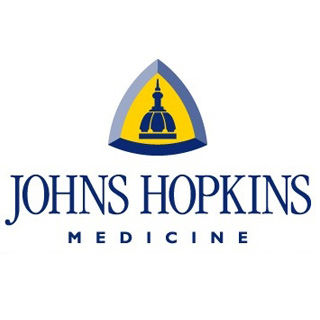
For the purpose of the study, authors were believed to have combined results from 21 studies, involving 622,381 men and women. Also, the study participants were observed to be mostly in North America and Europe. Moreover, they were between the ages 18 and 70 and none seem to have suffered a stroke prior to enrollment.
Senior author of the study and cardiologist Saman Nazarian, M.D. an assistant professor at the Johns Hopkins University School of Medicine and its Heart and Vascular Institute claimed that this study appears to be the largest study of its kind on the topic. Also, it could reinforce the relationship between migraine and stroke while correcting some discrepancies in earlier analysis.
For instances, a smaller combination study in 2005 by scientists in Montreal was noted to have shown a bare doubling of risk, yet combined together different mathematical measures of risk. Whereas this study seems to have kept them separate, pooling together only like measures. Additionally, another half dozen recent and smaller studies from Harvard University yielded mixed results where some appear to have showed a link between migraines and ischemic stroke, while one did not show a tie-in.
The team found that the likelihood for those with migraines seems to be 2.3 times more in contrast to those without it. Moreover, people who experience aura, the sighting of flashing lights, zigzag lines and blurred side vision along with migraines may have 2.5 times higher risk of so-called ischemic stroke. In addition, women tend to have 2.9 times increased chances for ischemic stroke.
Approximately 1,800 articles have been written about the relationship between migraine and ischemic stroke. However, the Hopkins study seems to have been more selective in combining only studies with similar designs and similar groups of people, as well as more comprehensive, including analysis of unpublished data.
“Identifying people at highest risk is crucial to preventing disabling strokes. Based on this data, physicians should consider addressing stroke risk factors in patients with a history or signs of light flashes and blurry vision associated with severe headaches,†says Nazarian.
Prevention and treatment options for migraine are known to range from smoking cessation and consuming anti-blood pressure or blood-thinning medicines such as aspirin. Also, women suffering from migraines may perhaps be recommended to stop the usage of oral contraceptives or hormone replacement therapy.
Such extensive use of hormone-controlling drugs could possibly elucidate why women with migraines have such high risk of ischemic stroke. Furthermore, contraceptives and other estrogen therapies are both known to contribute to long-term risk factors for heart diseases and stroke, such as high blood pressure and increased reactivity by clot-forming blood platelets.
Scientists were of the opinion that the subsequent steps may be to assess if preventive therapies, especially aspirin, counteract the risk of ischemic stroke in people with migraines.
The findings of the study ‘ Migraine headache and the risk of ischemic stroke, a systemic review and meta-analysis of observational studies’ have been presented at the American Heart Association’s (AHA) annual Scientific Sessions in Orlando.
